Anna Maria Luisa and the Family Pact
A Story of a Guardian of Florence's Heritage.
Anna Maria Luisa was born in 1667 as the third daughter of Cosimo III, the Grand Duke of Tuscany, and Princess Marguerite-Louise d'Orléans.
Anna Maria Luisa was the last descendant of the Florentine Medici dynasty.
Her mother, Marguerite-Louise, a rebellious woman unable to adapt to the Florentine court, left Tuscany in 1675 to return to France. Anna Maria Luisa never had the opportunity to see her mother again and was raised by her paternal grandmother, Grand Duchess Vittoria della Rovere. Over the years, Anna Maria Luisa developed a deep bond with her father, to the extent that she convinced Cosimo III to transfer the succession rights to the female line represented by herself, designating her as the heir of her brother Gian Gastone. This happened when it became clear that the male line of the Medici family was about to extinguish.
In 1691, Anna Maria Luisa married Johann Wilhelm, Elector Palatine, thus gaining the title of Electress Palatine. Their marriage was a harmonious union based on a shared passion for the arts and music.
After her husband's death in 1716, Anna Maria Luisa returned to Florence. However, she refused to take on the role of Regent, and the sovereignty of the Grand Duchy passed to Francis Stephen of Lorraine in 1737.
Anna Maria Luisa continued to reside in the apartments of the Pitti Palace, pursuing her family's passions. She collected valuable artworks and commissioned works from contemporary artists.
The Family Pact:
Florence is a center of international culture, and much of this status is owed to Anna Maria Luisa de' Medici, Electress Palatine, and the Family Pact, which represents the first and significant public destination will in history.
In the past, it was common practice for a new dynasty assuming control of a city or state to inherit the art collections of the previous dynasty. Valuable artworks were often transferred to adorn new palaces or used as "currency" between ruling courts.
However, during the Age of Enlightenment, Anna Maria Luisa chose to protect Florence's artistic heritage in an innovative way, preventing its dispersion. She used the lever of the law. In particular, Anna Maria Luisa de' Medici included a crucial article in the Convention with Francis Stephen of Lorraine, signed on October 31, 1737, better known as the Family Pact. According to this article, the artworks collected by the Medici family were handed over to the new Grand Duke with the condition that they remained "forever" bound to the city of Florence and the state of Tuscany.
Let us quote her words: "on condition that what is for the ornament of the State, for the utility of the public, and to attract the curiosity of foreigners, shall not be removed and taken out of the Capital and State of the Grand Duchy." Thanks to this astute decision, Florence has preserved much of its extraordinary artistic, historical, and cultural heritage virtually intact to this day.
The Family Pact, confirmed by the Electress Palatine in her will on April 5, 1739, came into effect upon her death in 1743. This extraordinary initiative ensured that most of the Medici collections remained in Florence, saving them from dispersion and contributing to making the city unique in the world's cultural landscape.
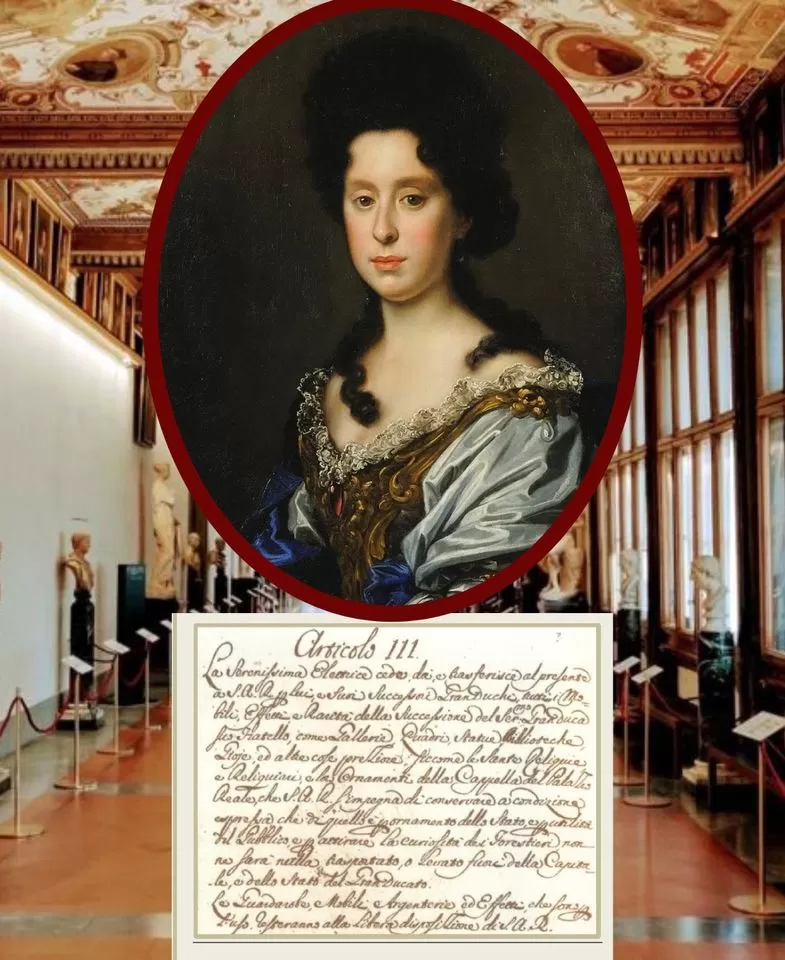
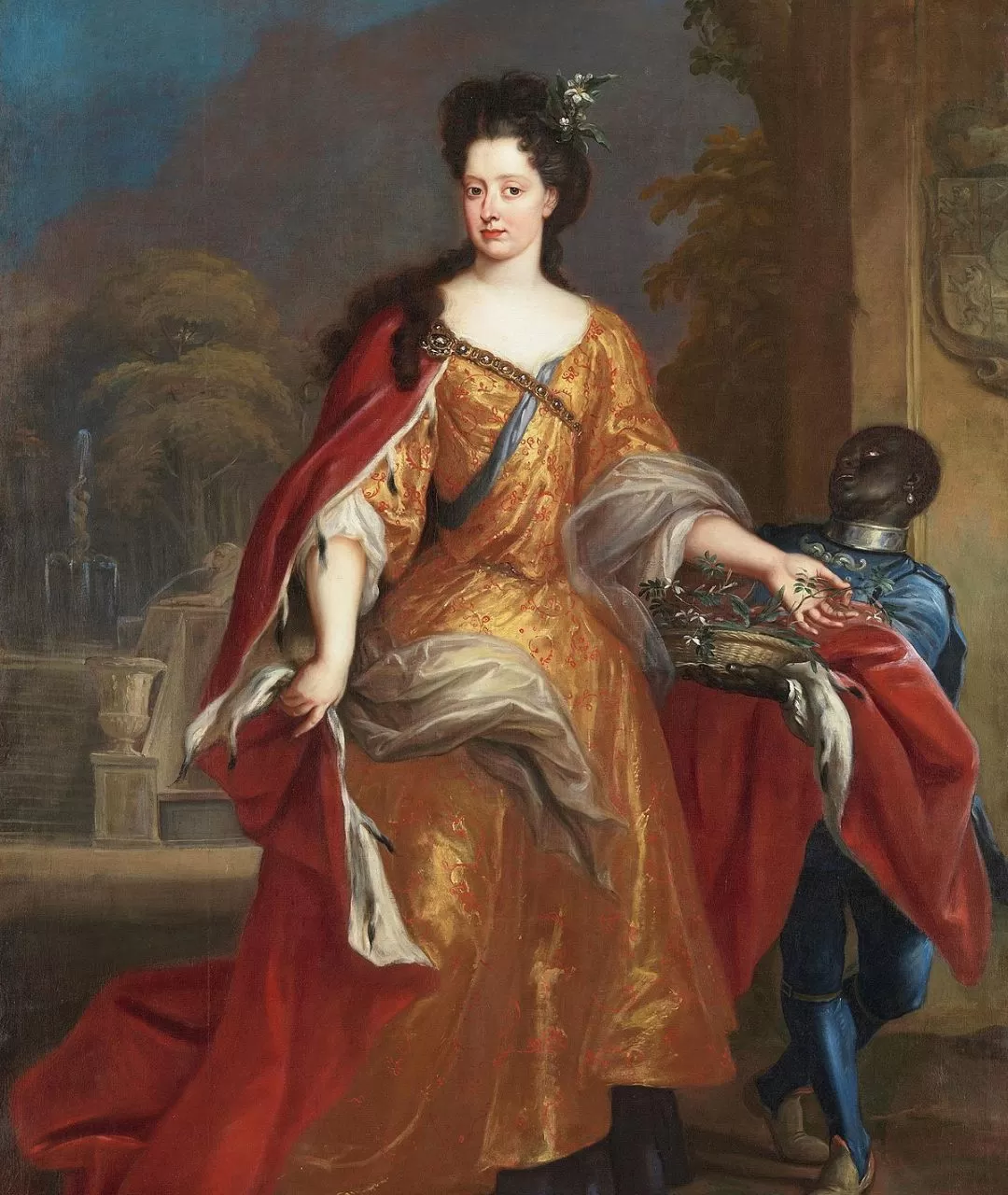
Altri articoli
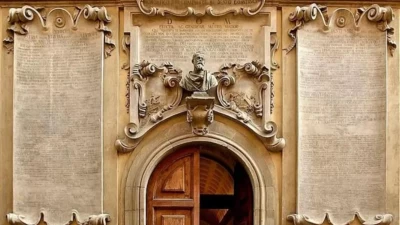
Vincenzo Viviani and his Master Galileo Galilei
On the facade of a florentine palace called "Palazzo dei Cartelloni" ("cartellone" in Italian means "poster") situated near the central station.
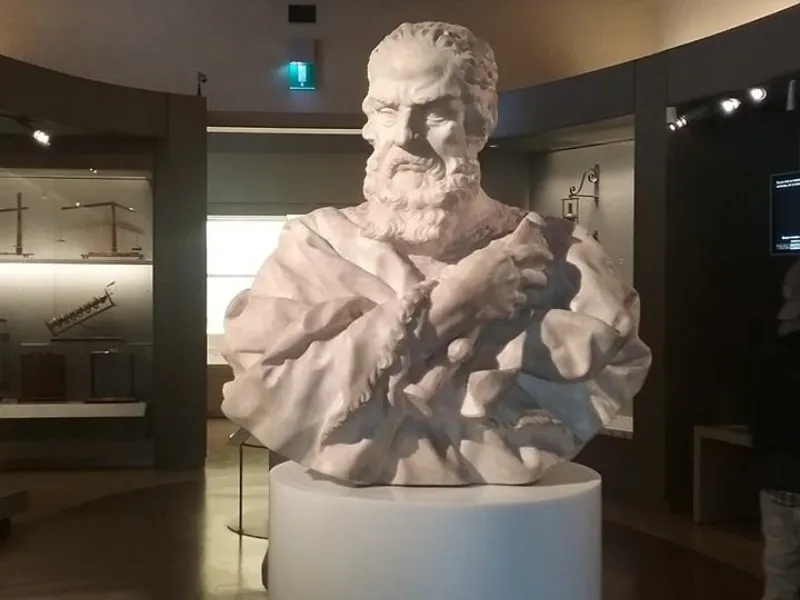
Galileo Galilei kneels in front of the church
In 1632 the scientist published his "Discorso sui massimi sistemi" and he risked to be burnt at the stake
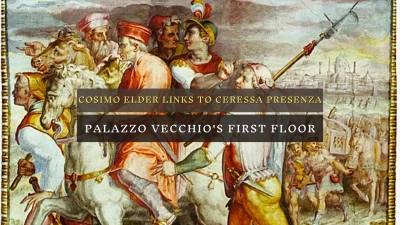
The terrestrial and celestial Gods
The wonderful decorations on the ceilings were commissioned by Cosimo I to Giorgio Vasari
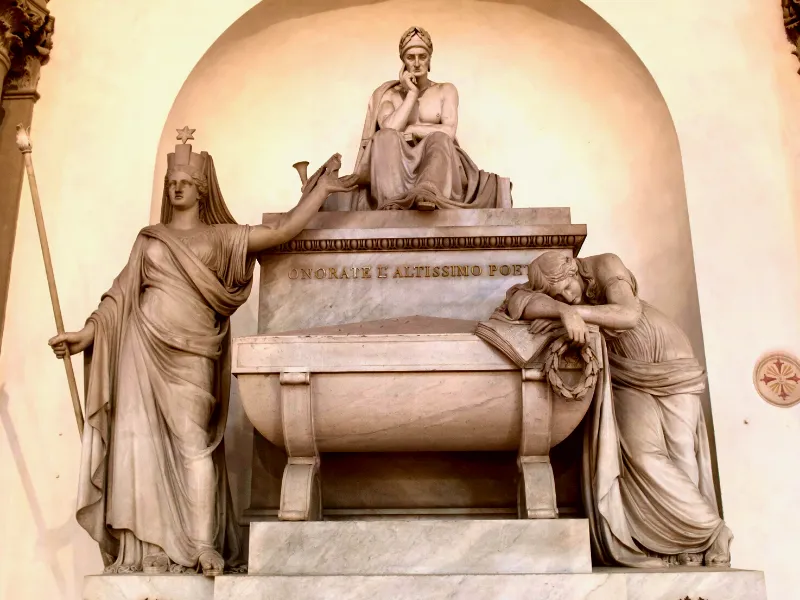
Were was Dante Buried?
Enrico Pazzi decorated even the base of the statue with four heraldic lions symbol of the Florentine Republic. The sculptor and his subject are united by a strange circumstance: Dante was born in Florence and died...

